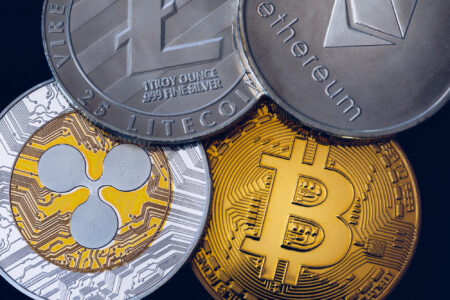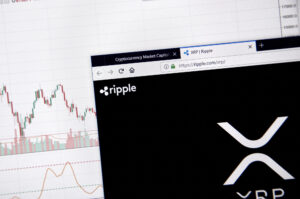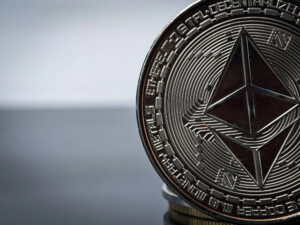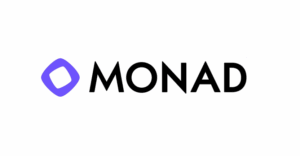The term on-chain is at the heart of the blockchain revolution. But what exactly happens there - and why is it so important for crypto and Web3?
On-chain refers to all processes that take place directly on a blockchain and are permanently stored there. This includes transactions, smart contract interactions, voting in decentralized organizations (DAOs), NFT creation, or token issuance. Each of these steps is recorded on the blockchain, validated by a decentralized network, and made publicly verifiable - usually forever. In contrast to off-chain activities, which occur outside the blockchain (e.g., internal exchange trading or private settlements), on-chain processes are transparent, decentralized, and tamper-proof.
Why is on-chain so important?
On-chain technology is the backbone of the blockchain world. It ensures that the system operates without a central authority - solely through code and consensus. On-chain transactions are:
- immutable (they cannot be deleted or reversed),
- publicly visible (e.g., on Etherscan or Blockchain.com),
- decentrally secured by thousands of nodes worldwide.
On-chain is particularly crucial in the DeFi (Decentralized Finance) sector: whether liquidity is provided, loans are issued, or interest is earned - everything runs transparently on the chain.
On-chain processes are not perfect. Heavy network congestion can lead to slow confirmations and high fees. Privacy is also limited since everything is public. Nevertheless, anyone who values security, integrity, and transparency cannot avoid on-chain.
More and more applications are deliberately relying on on-chain functionality today - not just in finance. Identity solutions, DAO voting, gaming assets, supply chain data, and intellectual property rights are increasingly being processed directly on the blockchain. Especially with the advancement of Layer-2 technologies such as Arbitrum or zkSync, on-chain interaction is becoming faster and cheaper. This makes it realistic that in the future, a large share of digital transactions will be processed directly on the blockchain - securely, transparently, and globally accessible.









